How to Read Sports Betting Odds
Do you have what it takes to become a profitable sports bettor? One of the requirements for success is a keen understanding of odds and how they apply to make winning sports wagers online. You must know how to read and calculate sports odds before you can overcome the sportsbooks.
American odds, fractional odds, decimal odds. We teach you to read and understand the different types of odds, so you can improve your probability of success in sports betting.
Also check out this guide on how to understand betting odds.
What Do The Sports Betting Odds Mean
Sports betting odds allow you to calculate the return that you can make on a bet. Odds are set by the sportsbook, based on their calculations and algorithms, and tell us who the sportsbook considers is the favorite team to win the game. Understandably, the team that is considered the favorite to win will have lower odds.
For example, if Liverpool is playing Chelsea, and Liverpool is considered the favorite to win the match, a bet on Liverpool will have a lower payout than a bet on a draw or a bet on Chelsea. This is because the probability that Liverpool could win, according to the sportsbook, is higher than the probability of a draw, and even higher than the probability of Chelsea scoring a victory.
Betting Odds Calculator
How Do American Odds Work?
To understand how American odds work, one must first grasp the concept of odds. “Odds” are the numerical representation of the probability of an event occurring.
“American Odds” is the term given to the odds format used by bookmakers offering sports betting services in the U.S. These odds are expressed using a minus or plus sign attached to a number and usually just indicate how much you’d need to stake to win $100 (if the odds are positive) or how much you could possibly win from staking $100 (if the odds are negative).
To illustrate, consider a hypothetical matchup between the Boston Celtics and the Golden State Warriors, where a sportsbook assigns odds of -110 to the Celtics and sets the odds at +110 for the Warriors. These odds indicate that bettors must wager $110 to potentially win $100 (or a resulting ratio of 11:10) if they favor the Celtics to win.
On the other hand, bettors who believe the Warriors will win the game would need a $100 wager in order to win $110. Negative American odds indicate that the team is the favorite to win a matchup, while the team with a plus sign (+) next to their odds is considered the underdog.
Going back to our earlier analogy, we see how these odds help us understand who is more likely to win a matchup. If you reside in the United States and want to bet on sports events, it’s important that you understand how this odds format works as almost all American sportsbooks offer odds in this format.
Types of Betting Odds
As stated before, there are three types of sports odds that you will encounter when navigating a sportsbook. Odds can be expressed in the American, Decimal, or Fractional format.
Each sportsbook will have a preference depending on where it is based. As its name states, American odds are mostly used in the United States. Decimal odds are preferred in continental Europe, Canada, and Australia, while fractional odds are the main choice in the United Kingdom and Ireland.
Understanding American Sports Betting Odds
For new bettors, American odds can be initially hard to understand. Here are critical concepts that you need to know to comprehend American odds fully:
- The base for American odds is $100
- When a team is favored to win, or an outcome heavily favored to happen, American odds will have a negative number, for example, -120
- In this case, -120 means that you need to bet $120 to win $100. If you win the bet, you would get $220 in total ($100 in profit, plus the $120 you invested)
- When a team is the underdog, meaning not favored to win, or an outcome considered unlikely to happen, American odds will have a positive number, like +120
- American odds of +120 means that if you bet $100, you would make $120 in profit, and recover the $100 you invested.
- This doesn’t mean you always need to bet $100 or in multiples of $100. Instead, if you bet different amounts, the same proportion of return would apply. For example, if you bet $50 with +120 odds, you would make $60 in profit, and recover your $50 if your wager is successful.
How to Calculate Your Winnings With American Odds
To simplify things further, there is another way of estimating your winnings with American odds.
Let’s assume there is a tennis final between Novak Djokovic and Rafael Nadal.
The American odds are:
- Novak Djokovic, -130
- Rafael Nadal, +150
Since Djokovic has negative odds, here is how you could calculate your potential winnings:
Profit Formula for Negative American Odds = (100/Odds) * Wager
It is important that we leave the negative sign aside for the odds, so it looks this way:
Profits for a $50 bet on Djokovic = (100/130) * 50 = $38.45
You would get a $38.45 profit betting $50 on Djokovic, as well as recovering the $50 you wagered, for a total payout of $88.45
But what if you wanted to bet on Nadal instead?
Since the odds for Nadal are positive, the formula used to calculate the potential winnings is different.
Profit Formula for Positive American Odds = (Odds/100) * Wager
In this case, the odds for Nadal are $150, therefore:
Profits for a $50 bet on Nadal = (150/100) * 50 = $75
You would get a $75 profit betting $50 on Nadal, as well as recovering the $50 you wagered, which would make your total payout $125.
How Do American Odds Differ from Other Sportsbook Odds?
American odds are unlike the other types of odds (decimal and fractional) popularly used by sportsbooks.
Decimal (or European odds) and Fractional odds (also known as British odds) are very similar in that they use ratios to represent a bettor's potential winnings with respect to their stake.
Moneyline odds (popularly referred to as American odds) on the other hand, express a bettor’s potential winnings depending on whether the odds are positive or negative. Positive odds indicate that the bettor will win more than their stake if they bet on that outcome, while negative odds indicate that they will have to wager more than they will win.
To demonstrate, let’s say the odds for a soccer game are as follows:
- Team A: 2.50 (or 3/2 in fractional form)
- Team B: 2.80 (or 9/5 in fractional form)
- Draw: 4.00 (or 3/1 in fractional form)
A £100 bet on Team A would return £250 and this can be calculated by multiplying 2.50 by £100 (in the case of decimal odds) or multiplying £100 by the quotient derived from dividing 3 by 2 and then adding what you get to £100 (for fractional odds).
You can follow the same procedure to calculate the potential winnings for both a Team B win and a Draw.
An American money line would look something like this;
- Team A: -110 odds
- Team B: +110 odds
Since Team A is the favorite to win this matchup and therefore has better odds of winning, bettors would win $100 for every $110 staked. Bets on Team B, however, would return $110 for every $100 wagered.
While American odds might seem tricky at first, they are pretty easy to understand. Among the odds offered by sportsbooks, fractional odds are generally the trickiest to read.
Odds formats vary across betting sites. You can use an online converter for converting odds from one format to another. Enter an odds number and get the equivalent in any format. This makes odds comparison easier and improves your betting.
Some of these websites that allow bettors to convert odds also provide a tool that converts odds into implied probabilities. Such tools can help bettors identify high-value bets.
The Simplicity of Decimal Odds
Compared to American odds, Decimal odds are a lot simpler to understand. Here are some key points:
- The base for a decimal odds bet is $1
- Decimal odds help us calculate the total payout. For example, if the odds are 10, it means that a $1 bet would generate a payout of $10, including the profit and the recovery of our initial wager.
- Favored outcomes will have decimal odds between 1 and 2.
These are the formulas for you to calculate your decimal odds winnings:
Total Payout = Wager * Decimal Odds
Total Profit = Total Payout - Wager
Let’s assume that the Dallas Cowboys are playing the Tampa Bay Buccaneers.
The odds on the moneyline are:
- Dallas Cowboys, 1.71
- Tampa Bay Buccaneers, 2.25
This means that if you bet $100 on Tampa Bay, you would get $225 back. Of this $225, $125 is your profit, and the other $100 is the money you wagered, which you get back.
For more information about decimal odds - read this guide.
What About Fractional Odds?
Finally, there are the fractional odds, which are the most common for UK-based sportsbooks.
Even though they can seem confusing in principle, fractional odds are simple. Basically, what you need to do is multiply your bet times the fraction, and the result will be the profit you make from your wager, in addition to recovering your bet.
To understand probability in fractional odds, just remember that, if the denominator is larger than the numerator (for example, 2-3), it means that the bet is considered a favorite. If the numerator is larger than the denominator (for example, 27-11), it means that that team or outcome is considered an underdog.
Here’s a practical case.
The Boston Celtics are playing against the Charlotte Hornets.
The odds are:
- Boston Celtics, 5/17
- Charlotte Hornets, 27/10
To calculate the profit on a $50 bet on the Boston Celtics, you would need to multiply $50 * (5/17), which gives us a profit of $14.70. Considering the $50 we initially bet, this wager would have a payout of $64.70.
If we bet on the underdog, in this case, the Charlotte Hornets, we would multiply $50 * (27/10), which would give us a profit of $135. After we receive our $50 back, we get a total payout of $185.
Read this complete guide about fractional odds.
What is Vigorish?
In simple terms, vigorish is what the bookmaker charges for taking a bet.
To further illustrate this, let’s imagine a bet that we would expect to have even odds. A bet with even odds means a bet where both scenarios are considered to have the same probability of happening. Normally, these bets would have American odds of +100, or decimal odds of 2.
In sports that offer bets with a point spread, like the NFL, the spread is supposed to balance the scales so that both teams have even odds. If the Green Bay Packers are considered favorites against the Cleveland Browns, then, the spread could adjust for those differences. The odds could be:
- Green Bay Packers, -7.5, -110
- Cleveland Browns, +7.5, -110
As seen, the role of the spread is to give both teams an equal probability of winning.
So why are the odds -110, and not +100, if the bet is even?
The answer is the vigorish.
If we bet $100 on the Browns taking the +7.5 spread at -110, we can expect to get $90.90 in profits. If the odds were truly even, however, at +100, we would have received $100 in profit.
Therefore, the vigorish is the number between $100 and $90.90: $9.10.
Top Picks For The Week
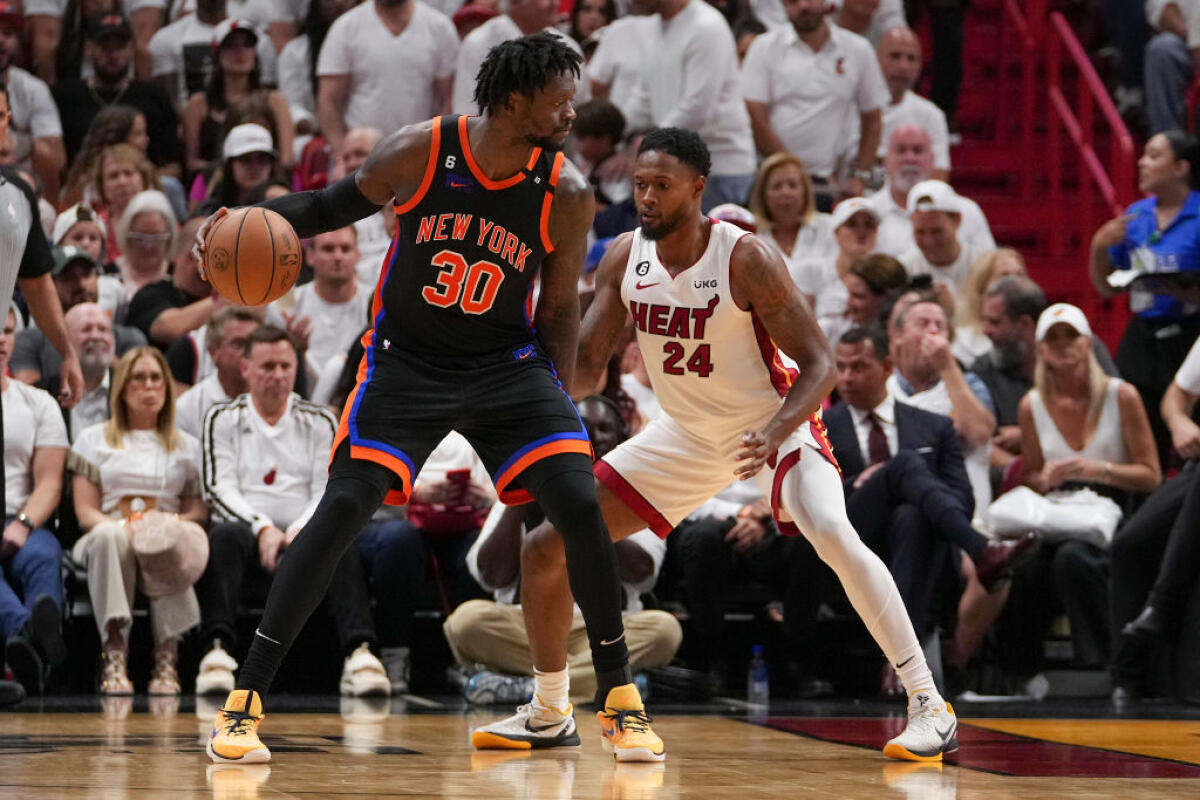

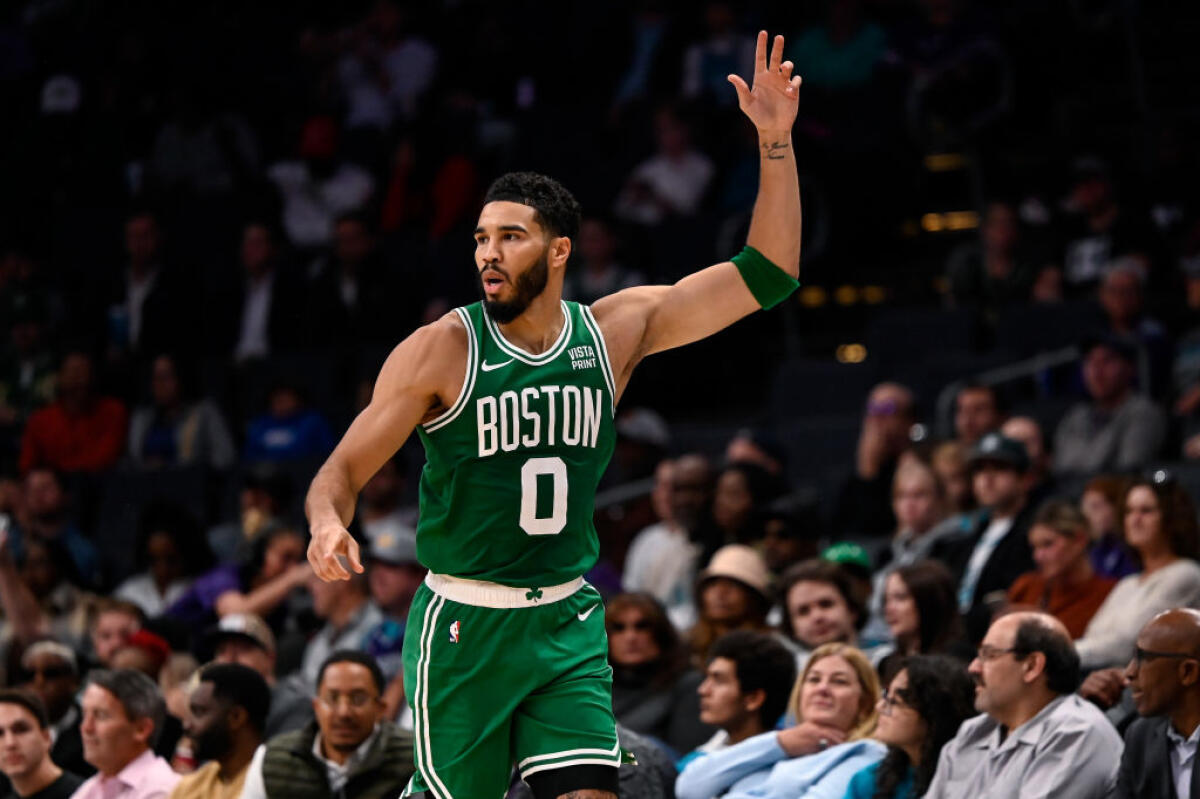


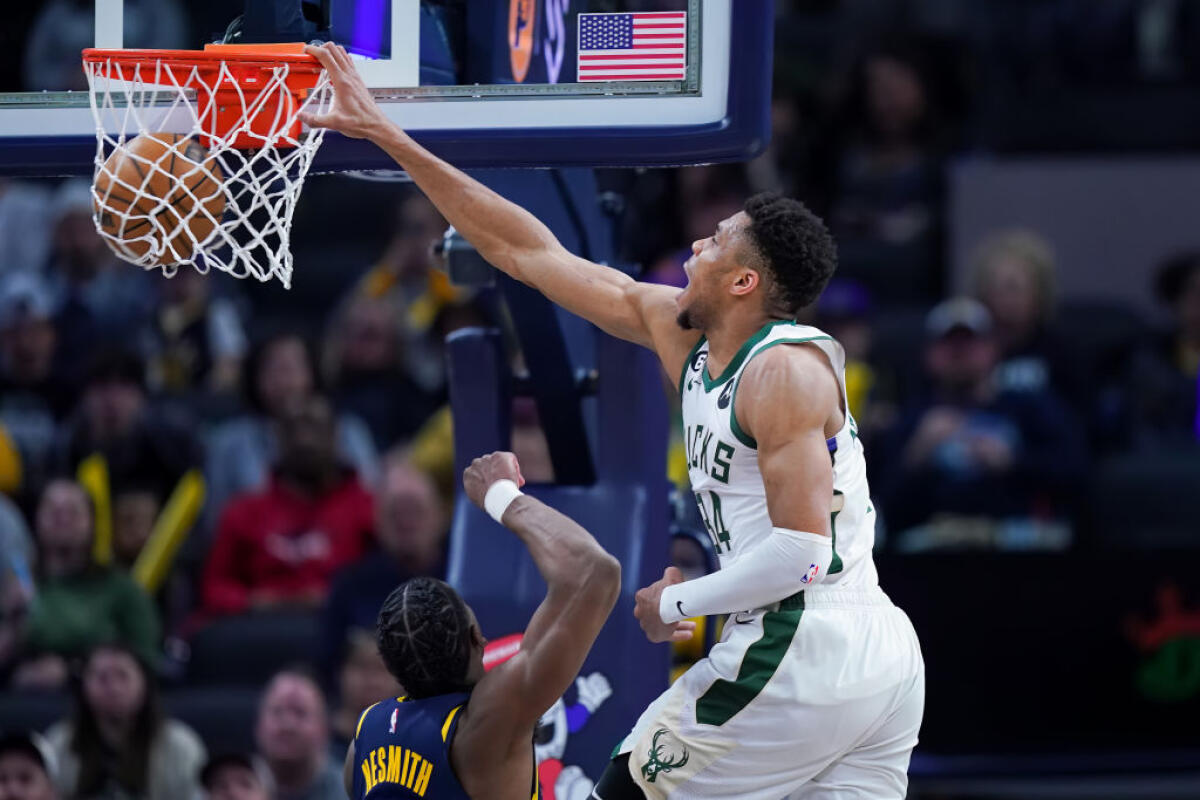

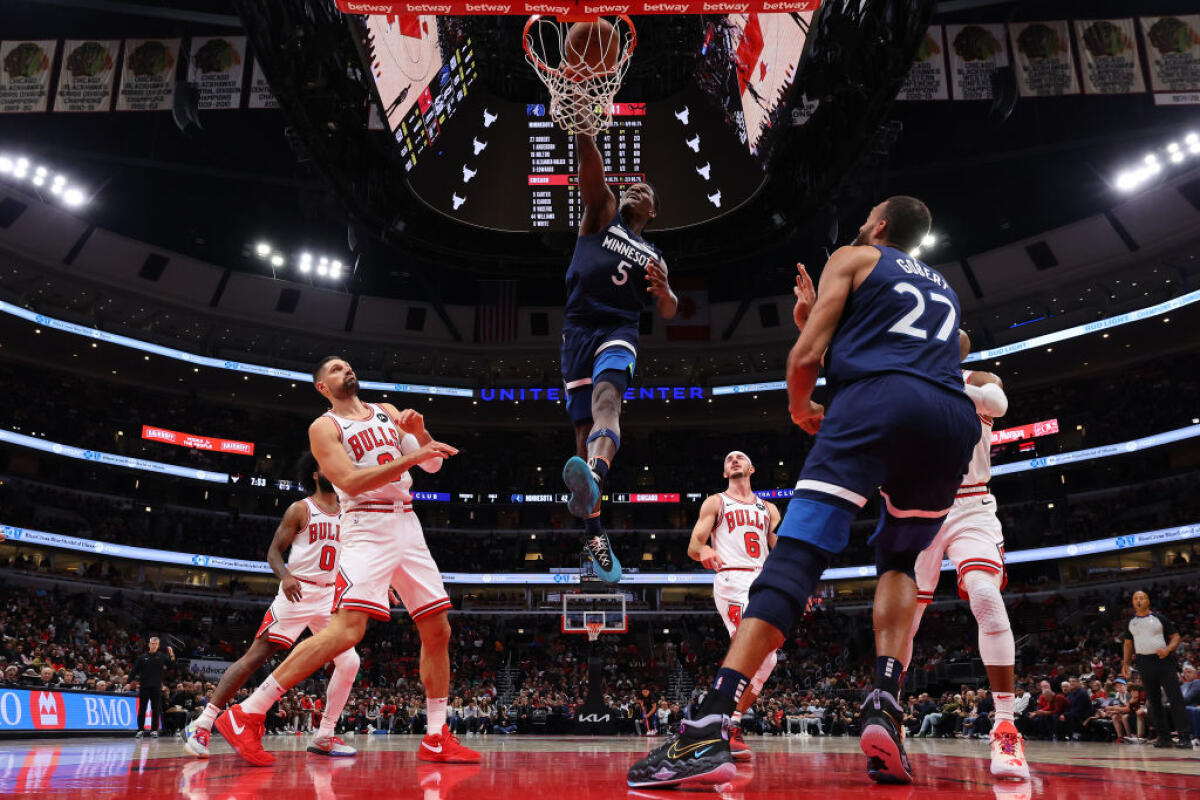

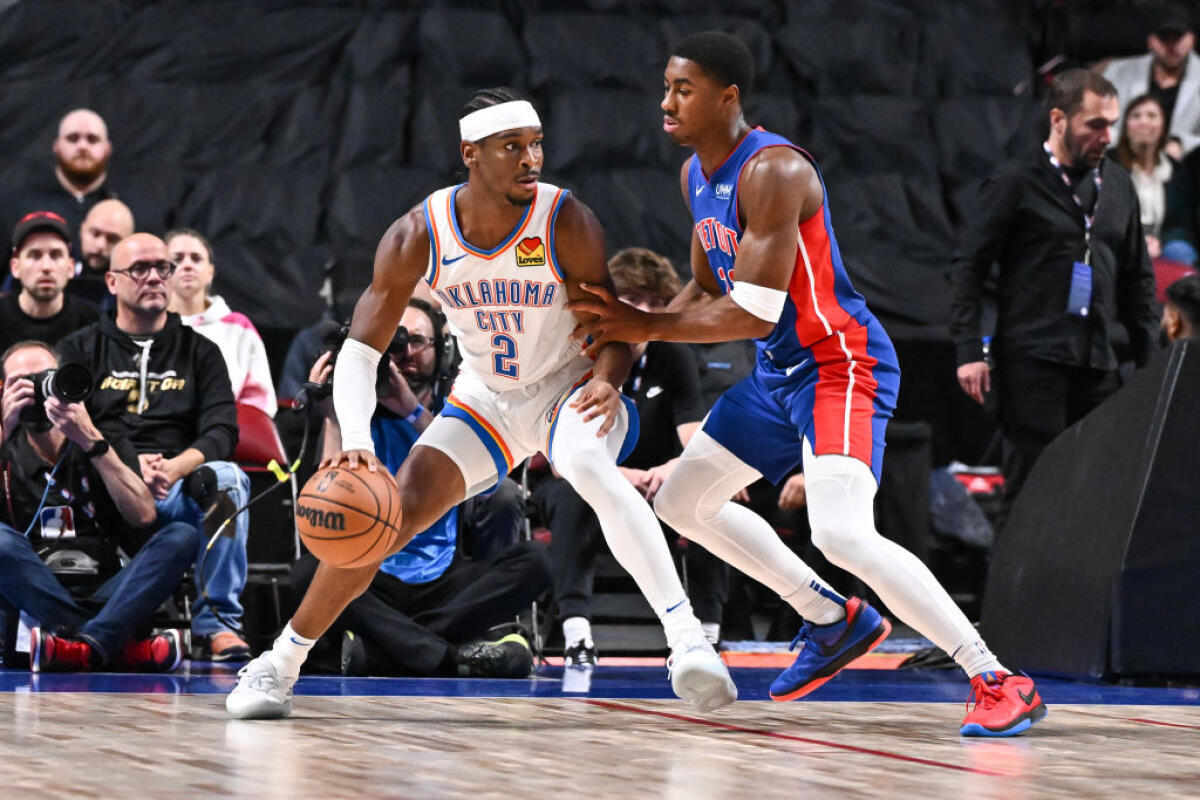
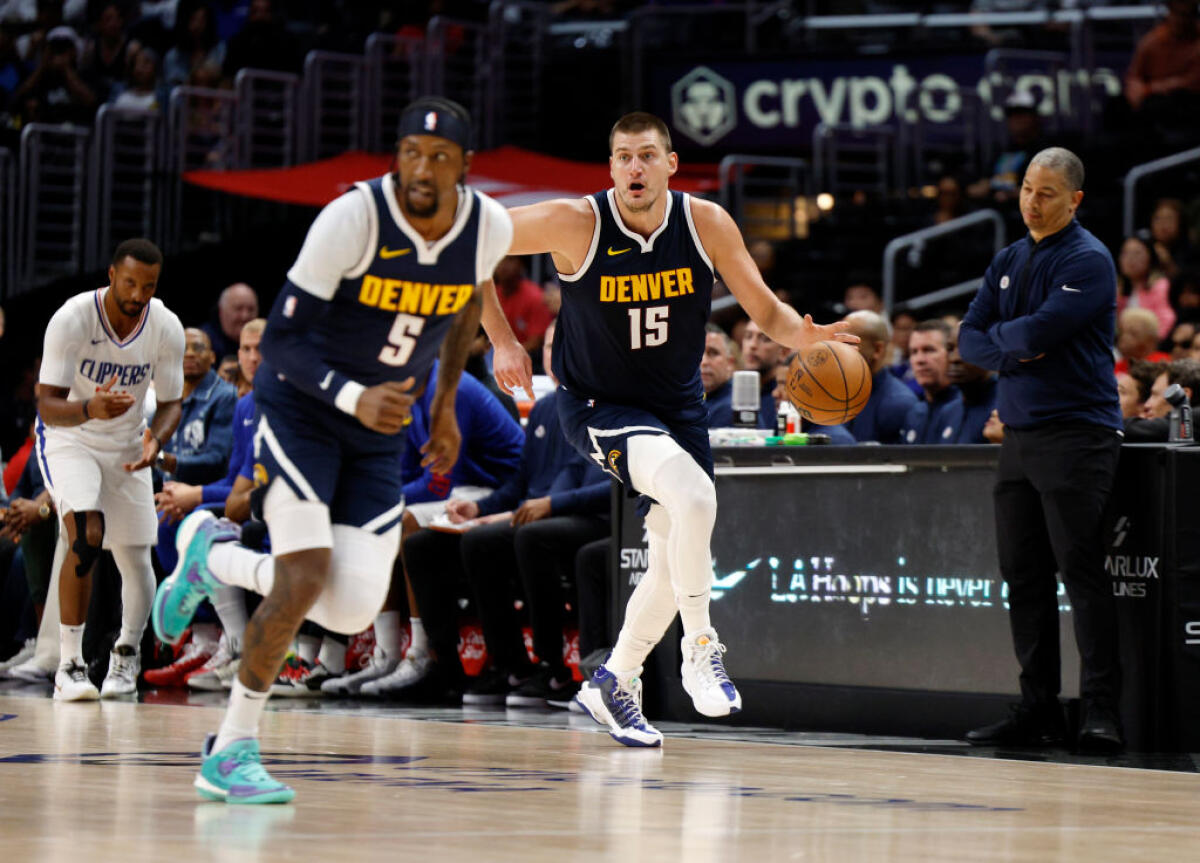

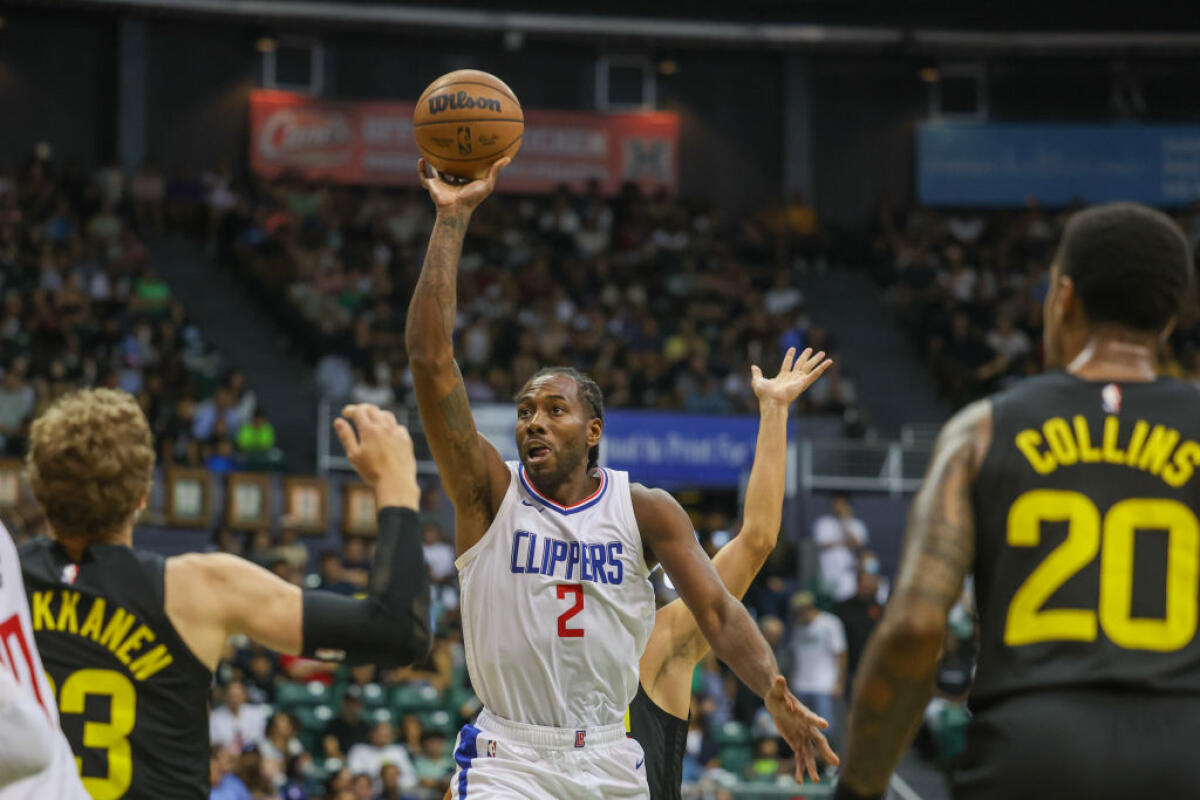
















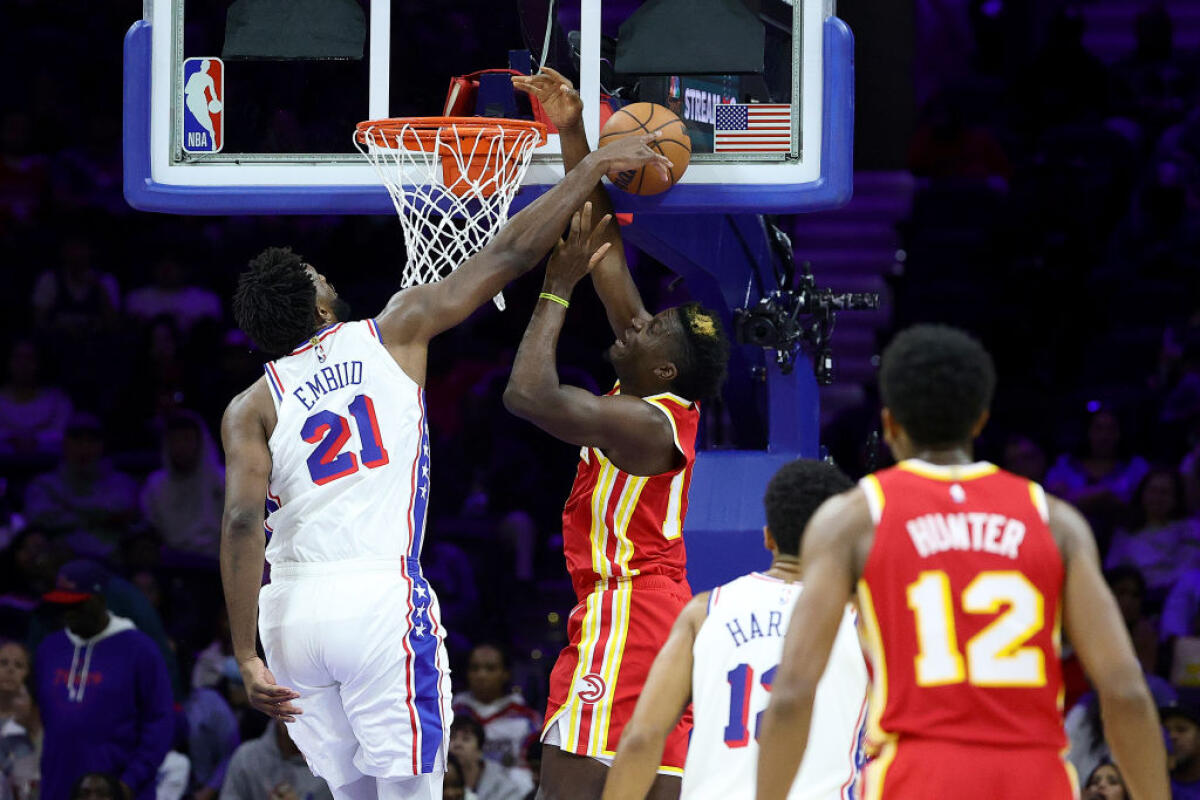







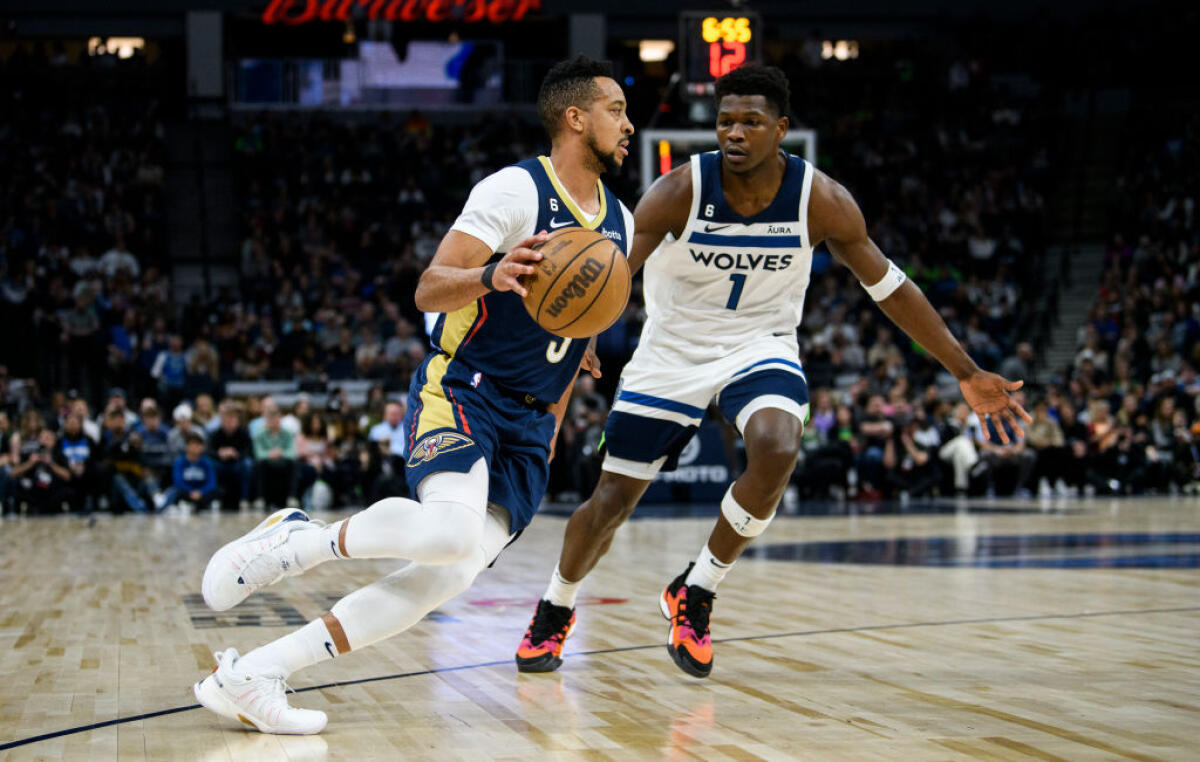



Understanding Implied Probability
When a sportsbook publishes its odds for a particular event, they do so based on an underlying implied probability, which means, the likelihood that an event will happen according to its analysis.
This is important because through our analysis, we might assign a different probability to an outcome than the sportsbook did, and this can help us determine whether there is any “value” in the potential wager.
To estimate the implied probability of a wager, the following formulas can be used:
For the favorite team, the one that has negative odds, the formula is:
Implied Probability for Negative Odds = Odds/(Odds + 100) * 100
For the team that has positive odds, the formula is:
Implied Probability for Positive Odds = 100/(Odds+100)*100
Let’s say we are watching an All-Canadian Stanley Cup Final, and the odds are:
- Toronto Maple Leafs, -140
- Montreal Canadiens, +175
Implied Probability for Toronto Maple Leafs = 140/(140+100)*100 = 58.33%
Implied Probability for Montreal Canadiens = 100/(175+100)*100 = 36.36%
This means that, according to the sportsbook that published those odds, the Toronto Maple Leafs have a 58.33% probability of winning, while the Montreal Canadiens were given a 36.36% implied probability.
How Odds Correlate with Payouts
In the previous example, we can see that the team that has a higher implied probability of winning has lower odds, while the team that has a lower implied probability has higher odds.
This shows that there is an inverse correlation between odds and probabilities, which impacts the payouts.
Betting on the team that is favored by the bookmakers will result, if the bet is successful, in a lower payout than a successful wager on an underdog.
This is because there is more risk on the underdog, which reminds us of the basic financial principle: risk and return are positively correlated. The higher our risk, the higher our expected return.
Understanding Sports Betting Odds and Value
By being able to understand sports betting odds, implied probabilities, and how odds and payouts are correlated, you are in a better position to create value through sports betting.
Created value refers to how much you are getting in return for the money you invest, and considering the risks that you are taking.
In betting, as in investing, there are often bets that are underpriced or undervalued, which means, the odds and their implied probability are not aligned. To illustrate this with the last example, if your analysis tells you that the Montreal Canadiens have a 50% chance of winning against the Toronto Maple Leafs, and the odds are priced by giving them a 36.36% chance, then you are looking at a bet where value can be created, and you will have more chances of succeeding.
Our editorial content strives to be highly informative and educational to our audience, especially for visitors who are new or relatively new to analyzing and predicting sporting event results. All of our content is created by informed writers with backgrounds in their subject area and reviewed for omissions or mistakes.
Our editorial team is run by individuals with many years of experience in digital publishing, editorial, and content production. Our editorial content is always marked clearly in any instances where it may be sponsored by a third party, though it is still reviewed by our staff to ensure it remains consistent with our company mission.
- Popular
- Latest







